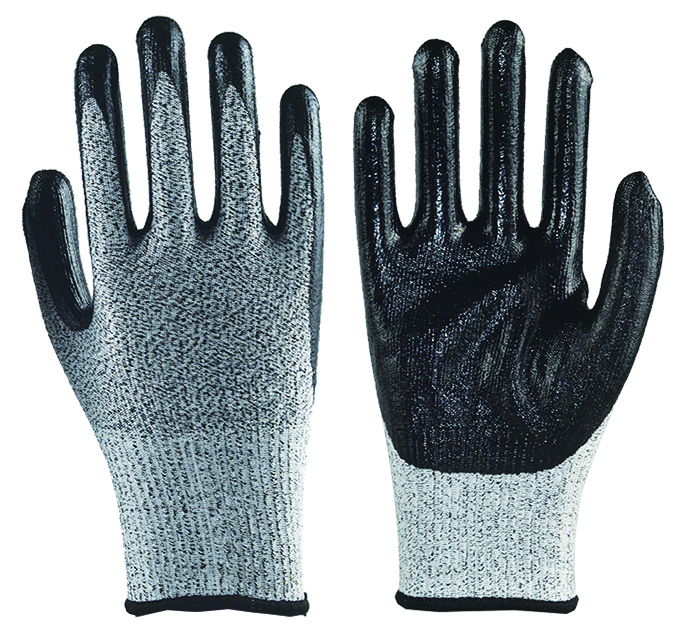Can cut-resistant gloves prevent injuries?
Author:Gloves Addtime:2023-12-04 17:50:39 Click:
Cut-proof gloves, often classified by various standards such as ANSI/ISEA levels, are designed to provide protection against the hazards of sharp objects in different work environments. However, the question arises: Can the highest grade of
cut-proof gloves completely avoid injury?
While high-grade cut-proof gloves offer significant protection, it is important to note that no gloves can guarantee absolute immunity against injuries. The effectiveness of cut-resistant gloves depends on several factors:
1. Material and Level of Protection:
Cut-proof gloves come in various materials such as Dyneema, Kevlar, and Spectra, with different levels of protection. The highest-grade gloves, often rated A9 according to ANSI/ISEA standards, provide superior cut resistance. However, the choice of material and protection level should align with the specific hazards in the workplace.
2. Nature of the Hazard:
The type of hazard in a work environment plays a crucial role. While cut-resistant gloves excel in protecting against sharp edges, they may not be as effective against punctures, abrasions, or other potential hazards. Understanding the nature of the risks involved is essential in choosing the right gloves.
3. Proper Selection and Fit:
Selecting the right cut-proof gloves involves considering the specific tasks and potential hazards. Ensuring the gloves fit properly is equally important. Ill-fitting gloves may compromise dexterity and expose the wearer to risks. Workers should be trained to choose gloves that match their job requirements.
4. Regular Inspection and Maintenance:
Even the highest-grade cut-proof gloves can deteriorate over time, especially with frequent use. Regular inspection is crucial to identify signs of wear, tear, or damage. Damaged gloves should be replaced promptly to maintain their protective capabilities.
5. Education and Training:
Proper training and education on the correct use of cut-proof gloves are vital. Workers should be aware of the limitations of the gloves and understand the importance of following safety protocols. Training programs can contribute to a safer work environment by reducing the risk of accidents.
6. Additional Protective Measures:
While cut-proof gloves offer valuable protection, they are often part of a broader personal protective equipment (PPE) strategy. Depending solely on gloves may not be sufficient. Combining them with other PPE, such as safety glasses or aprons, enhances overall protection.
In conclusion, the highest grade of cut-proof gloves significantly reduces the risk of injuries from sharp objects, but they do not guarantee complete immunity. Proper selection, fit, regular maintenance, education, and additional protective measures are crucial elements in creating a safer workplace. Workers and employers must collaborate to establish comprehensive safety protocols and ensure that PPE, including cut-resistant gloves, is used effectively to minimize the potential for injuries.
